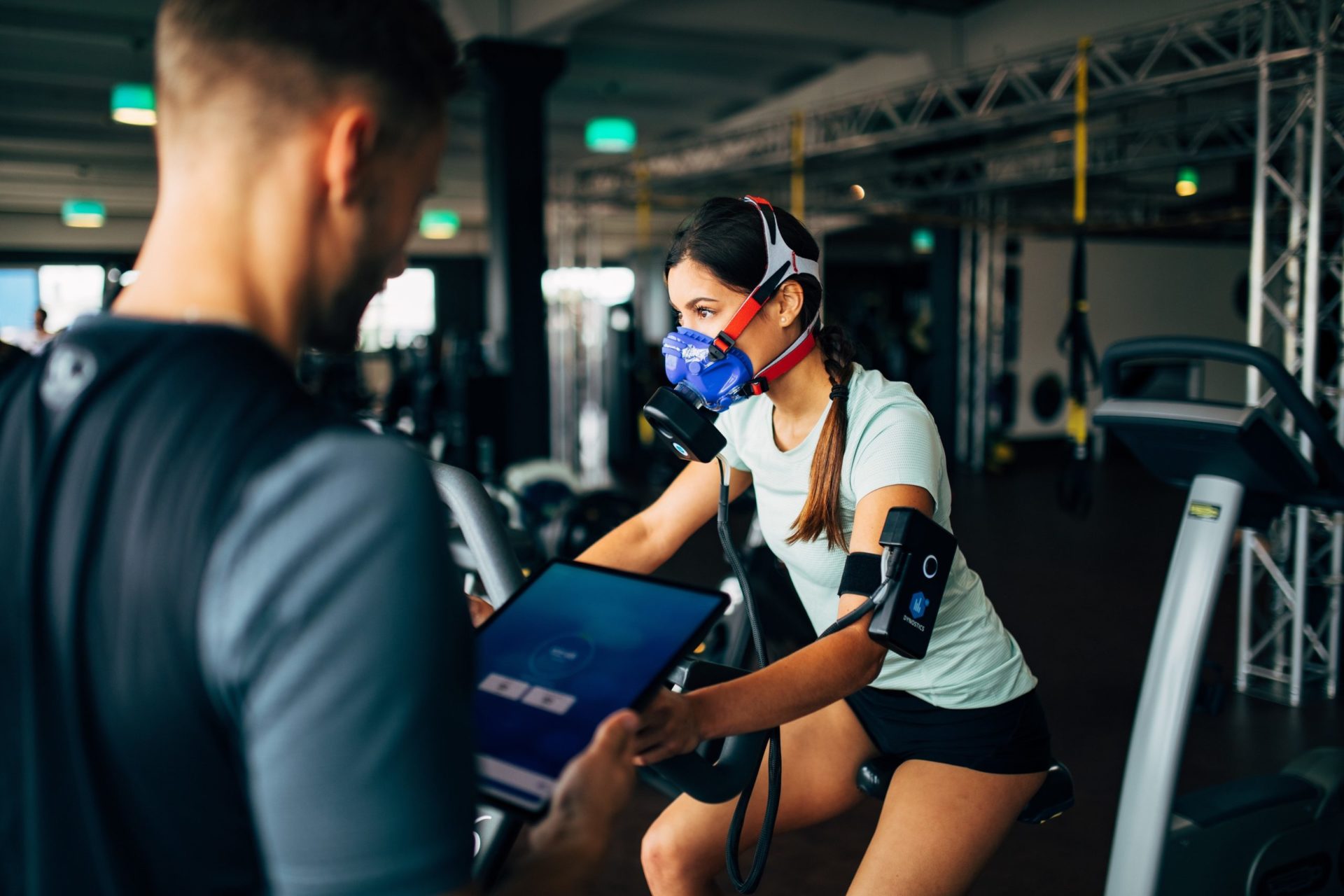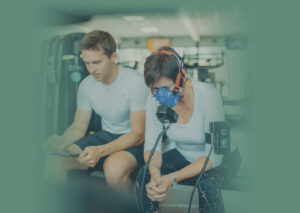Lactate test vs. spiroergometry
Anyone who wants to make their personal training more professional will sooner or later be faced with the question of how best to determine the individual training areas for themselves. Two different methods are available for this purpose, which will be presented and compared in more detail here: Spiroergometry and lactate performance diagnostics.
But first - what results are the two tests supposed to produce anyway? Do I need this at all as an amateur athlete or is this only something for competition or top athletes?
The result of both test procedures is the exact determination of the personally ideal pulse ranges for the different training areas. The individual anaerobic threshold is determined according to the current fitness level. This threshold represents exactly the load intensity at which the body can just maintain a balance between the formation and breakdown of lactate. Depending on the training condition, this intensity can be maintained for about 60 to 120 minutes. At higher intensities, the necessary energy is increasingly provided anaerobically, and as a result more lactate is produced than can be broken down - the body becomes increasingly over-acidified. This performance can therefore only be achieved in the short term, in the range of a few minutes.
What possibilities does the body have to provide energy?
The energy can be produced in our body either by "burning" oxygen from sugar, which is called aerobic. The by-product is carbon dioxide, CO2, which is exhaled.
With increasing stress, however, this form of energy supply is no longer sufficient and energy is increasingly produced by other means: in the course of lactic acid fermentation, sugar is converted into energy without the presence of oxygen - anaerobically. The by-product of this process is lactates, the salts and esters of lactic acid. The lactates are broken down further in the body - in increasing concentration they cause over-acidification of the tissue with poorer energy yield.
As an athlete, what benefit do I get from these tests?
Performance diagnostics is also recommended in the area of amateur sports in order to determine the individual pulse ranges for optimal endurance training. In this way, time-consuming and energy-consuming training in the wrong ranges can be avoided, which would ultimately end in discontent and frustration over the lack of progress. It is also important to monitor progress a few months after the start of training. And if, based on progress, participation in a competition is possibly being considered, renewed performance diagnostics definitely make sense. Two common methods are available for this purpose, which will be discussed in more detail.
Lactate performance diagnostics
When intensity is increased, more lactate is formed than can be broken down in the same time - this increase in lactate can be measured in the blood. An increase to over 4 mmol/l is indicated as the anaerobic threshold - converted into watts on the bicycle ergometer or metabolic equivalents (MET) on the treadmill. However, the value of 4 mmol/l is controversial, as it is merely an average value and can vary significantly from individual to individual. Also, during lactate performance diagnostics, blood samples must be taken several times within the step scheme in which the test is performed. This is usually done by pricking the earlobe or fingertip. The blood samples are analyzed in Germany by sports physicians certified by the German Society for Sports Medicine and Prevention.
As spiroergometry
In this method, the exhaled air is analyzed in the course of a step test with increasing load. Here, the proportion of carbon dioxide - CO2 - in the exhaled air is particularly important for determining the respiratory compensation point relevant. From this point (Watt range or MET), a drop in carbon dioxide concentration is noticeable. Due to the increasing anaerobic energy supply, the blood becomes overacidified due to the lactate, which leads to an increased exhalation of carbon dioxide. The respiratory compensation point is therefore comparable to the anaerobic threshold. By determining it in exhaled air, more compensation mechanisms and influencing variables of the body can be taken into account and the value obtained gives a more realistic indication of the continuous power limit. This is the intensity that can be maintained for 60 to 120 minutes. As a further advantage, there is no need for blood sampling, which is required for lactate determination, and the spiroergometry evaluation takes place directly as part of the test.
Summary
The determination of individual performance ranges also makes sense for the amateur athlete and should be repeated at certain intervals, as it represents a snapshot in each case. The available methods differ fundamentally from each other in terms of test procedures and complexity. Simpler and with less pain, due to the blood sampling not being necessary, spiroergometry is ahead by a nose. The immediate evaluation also speaks in favor of this test procedure.








